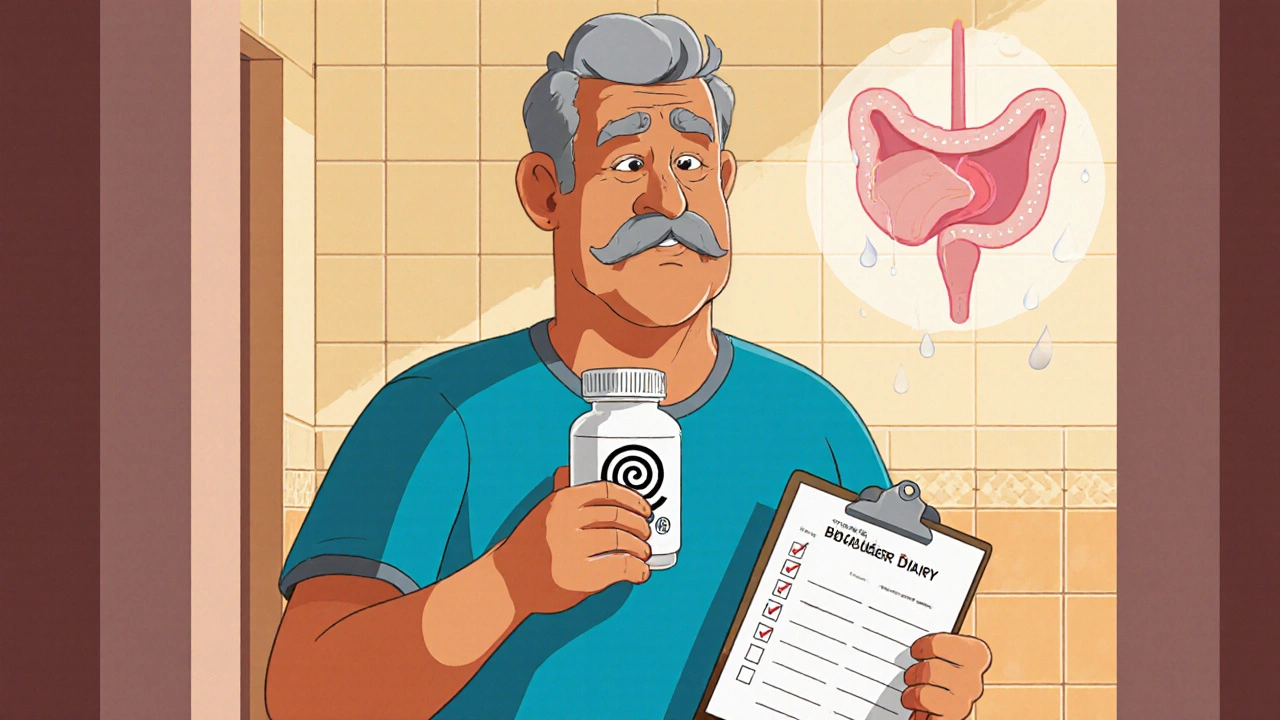Overactive Bladder: Causes, Treatments, and What Works
When your bladder sends urgent signals you can’t ignore, you’re dealing with overactive bladder, a condition where the bladder muscles contract involuntarily, causing sudden urges to urinate even when the bladder isn’t full. Also known as urge incontinence, it’s not just an older person’s problem—it affects people in their 30s, 40s, and 50s too, often without a clear cause. You might find yourself rushing to the bathroom during meetings, waking up multiple times at night, or avoiding long drives because you’re scared of leaks. It’s not normal, and it’s not something you have to live with.
What’s happening inside your body? The nerves that control your bladder get mixed signals, or the bladder muscle becomes too sensitive. Sometimes, it’s linked to nerve damage from diabetes, multiple sclerosis, or even after prostate surgery. But often, no clear reason shows up on tests. That’s where anticholinergics, a class of medications that block nerve signals telling the bladder to contract come in. Drugs like oxybutynin or tolterodine help calm the muscle, but they can cause dry mouth, constipation, or brain fog. Not everyone tolerates them. That’s why many turn to pelvic floor therapy, a non-drug approach where physical therapists teach you how to strengthen or relax the muscles that support your bladder. Kegels aren’t just for new moms—they’re a proven tool for regaining control.
There’s also lifestyle stuff that makes a bigger difference than people admit. Cutting back on caffeine and alcohol? Huge. Drinking too much water before bed? That’s a common mistake. Bladder training—waiting a few extra minutes when you feel the urge—can retrain your bladder over weeks. And yes, weight loss helps. Even losing 5% of your body weight reduces pressure on the bladder and cuts urgency episodes by nearly half.
The posts below cover real cases, real meds, and real strategies. You’ll find what works for people with overactive bladder—not just theory, but what they actually tried and stuck with. Some found relief with simple behavioral changes. Others needed medication adjustments. A few discovered their symptoms were tied to something else entirely, like nerve issues or medication side effects. No one-size-fits-all fix exists, but you’ll see patterns. What helped one person might help you too. This isn’t about guessing. It’s about learning from what’s already worked for others.

